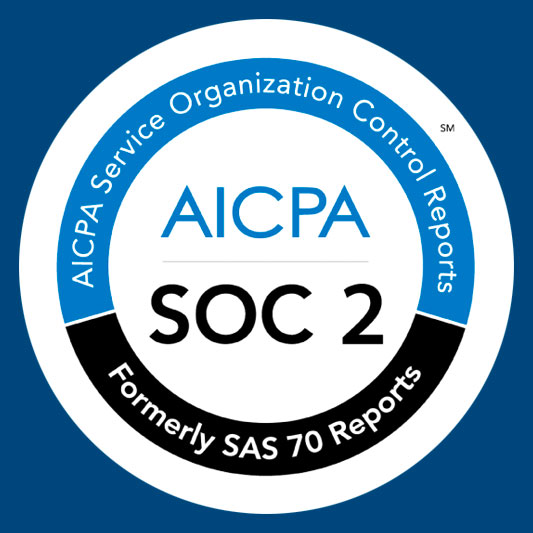
Duke targets appropriate patients for research initiatives while improving enrollment bias
Challenge:
Duke needed a way to identify patient populations for their various research initiatives and invite qualifying patients to enroll, while masking the patient identify from the researchers. Research examples include SplendoFIT, Hope 1000, CareMap OSPREY Surgical Pain Relief Study, Type 2 Diabetes Virtual Support Group, Heart Failure Virtual Support Group, and a Bariatric Asthma Video.
Solution:
Xealth has partnered with Duke to create custom workflows to reach out to engage patients who qualify for research studies. By using Xealth’s automated ordering capabilities, specifically triggering an invitation to enroll from a scheduled surgery, or off a specific list, Duke alleviates any potential enrollment bias and patient identity from the researchers. Relevant patients are selected on strict protocol to inform them of a potential research study, enrollment information, or videos related to the various research initiatives. Once patients enroll then the researchers are able to access any patient identity, but Xealth has been able to improve any enrollment bias with these enrollment options while targeting engaged and willing participants.

Rather than adding a manual process to clinics and asking administrators to send the information, Xealth quickly took the assets and distributed them based off the scheduling feed.
The Speedy Roll-out of Video Visit Set-up Instructions Saves Appointment Time
Challenge:
Due to COVID-19, many visits were suddenly converted to virtual, prompting a large volume of patients and clinicians into unfamiliar video visit technology. Technical barriers can waste appointment time, or even intimidate a patient, causing a no-show.
Solution:
UPMC quickly needed to distribute set-up instructions to all patients who had telemedicine visits scheduled, without burdening clinicians with additional work. Xealth automatically sent education materials to patients with telemedicine as the visit type.
UPMC first created a pdf, then an animated video, to assist patients in setting up their devices for their virtual visit. Rather than adding a manual process to clinics and asking administrators to send the information, Xealth quickly took the assets and distributed them based off the scheduling feed.


